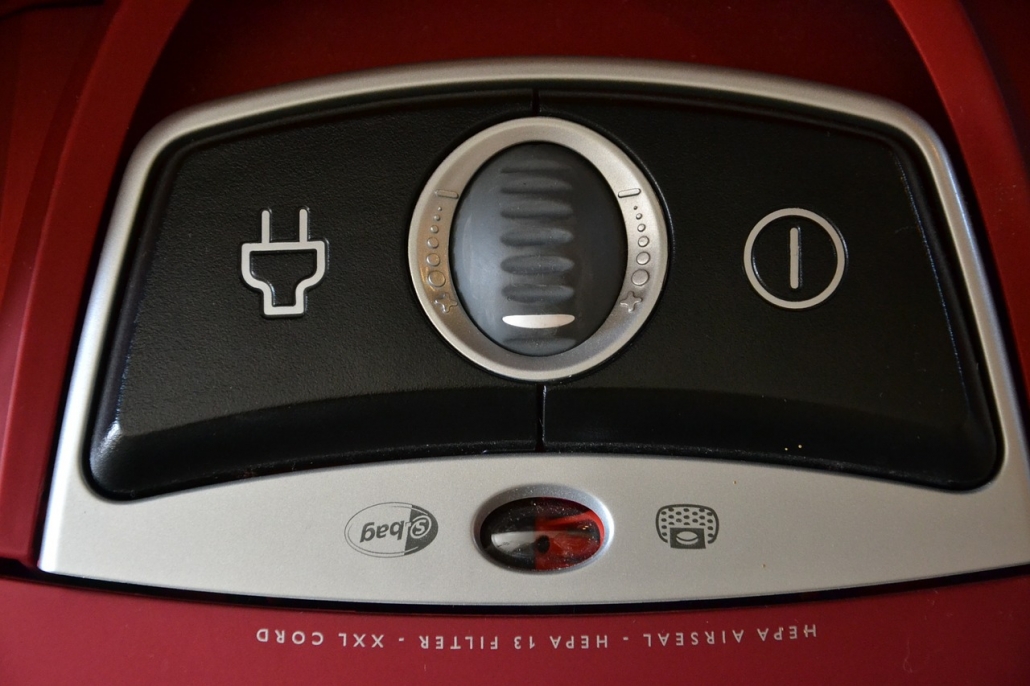Bagged or Bagless Vacuum Cleaners?

Image by kropekk_pl from Pixabay
What type of vacuum cleaner is best? Bagged or bagless? Both types have advantages and disadvantages. In this post, we’ll go over the pros and cons of each.
The very first vacuum cleaners were bagged models, and for much of the vacuum cleaner’s history, bagged models were all that was available. Bagless technology wasn’t introduced until 1993, but now they make up the majority of the vacuums on the market. However, bagged models still sell, which tells us that the bagless option is not necessarily superior in every situation. A lot of people still prefer a vacuum with a bag, and not just for nostalgia’s sake!
Below is a brief rundown of points you may want to consider when deciding between a bagged or bagless vacuum cleaner.
- Bagged vacuums are more hygienic. Removing the vacuum bag and throwing it away releases less dust and allergens into the air than emptying a canister. It also eliminates all of the dirt—whereas the filter in your bagless model will hold onto a lot of that dirt until you change it.
- Both bagged and bagless vacuums usually come standard with HEPA filtration. This means that with both types, fewer allergens will be released into the air, either through the exhaust or when changing the bag.
- Both bagged and bagless models require repeat purchases. Vacuum bags have to be changed out more often than the filters on bagless versions, but the cost of replacement bags or filters usually works out to be roughly the same, since bags are much cheaper than canister filters.
- With bagged models, be prepared to deal with reduced performance. With a freshly installed bag, these vacuums work great, but as the bag fills, you’ll probably notice that the suction is not as good. Some people see this as a positive—an early warning system. For others, it’s just a pain.
- Bagless vacuums are less expensive to buy. But, as we noted above, they are about the same cost to maintain, with infrequent filter changes costing roughly the same as frequent bag changes.
- With bagless options, it’s easy to see when the dirt receptacle is full. Most dirt receptacles are clear plastic canisters, easily visible to the user, so you’ll never have to wonder whether it’s time to empty the canister, you’ll just know by looking. Bagged vacuums do not have this advantage.
- Bagless vacuums are the greener choice. The filters represent fewer pounds of waste going into landfills than vacuum bags, over the life of the vacuum.
- Emptying the dirt receptacle on a bagless model releases a lot of dust and allergens. It’s highly recommended to empty the receptacle outside of the home. And if you have asthma or severe allergies, a bagged model may be the better option.
We hope this post helps you choose between bagged or bagless vacuum types! Of course, vacuuming isn’t all there is to keeping clean and healthy carpets. Periodic deep cleaning is also highly recommended. If it’s been a year or more since your last professional carpet cleaning, give Five Step a call at 828.237.3237 or drop us a line today!



